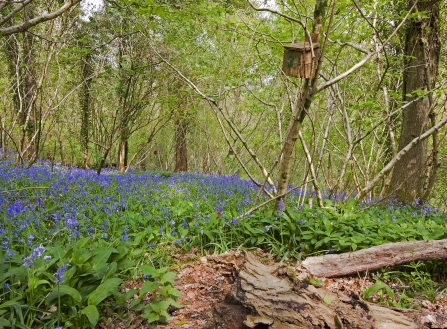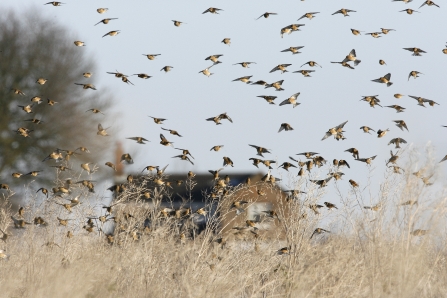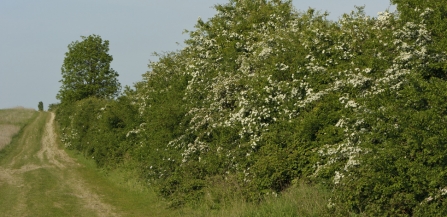It may not be stated explicitly in the IPCC report, but it’s blindingly obvious that the things we need to do to stop climate change are pretty much the same ones to stop the cataclysmic decline of nature and start bringing it back into recovery.
The report highlights a number of things we can do to help reduce greenhouse gas emissions.
- First, we need to stop destroying pristine habitats such as forests and peatlands and converting them to farmland, because these natural ecosystems store much more carbon and are far more efficient at recycling it from the atmosphere than the bland and impoverished monocultures we replace them with.
- Secondly, we’ve got to start restoring habitat and putting back some of what we’ve lost, because just protecting the fragments that remain won’t get us there.
- Then we’ve got to look at how we farm and find more climate friendly ways of managing the soil.
- And finally, we need to look at what we eat and how wisely we use the food produced.




